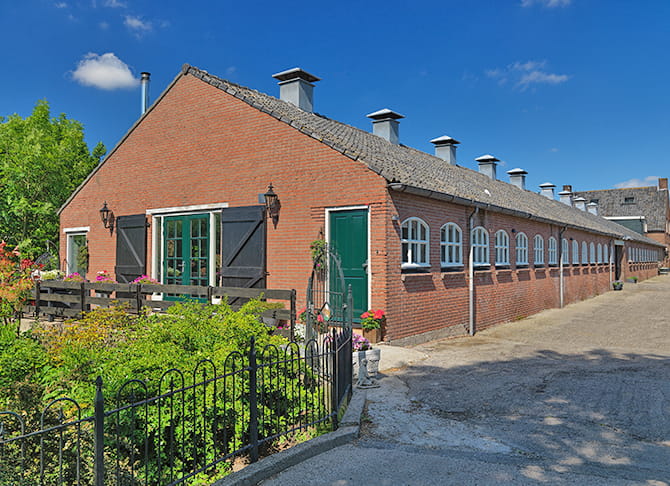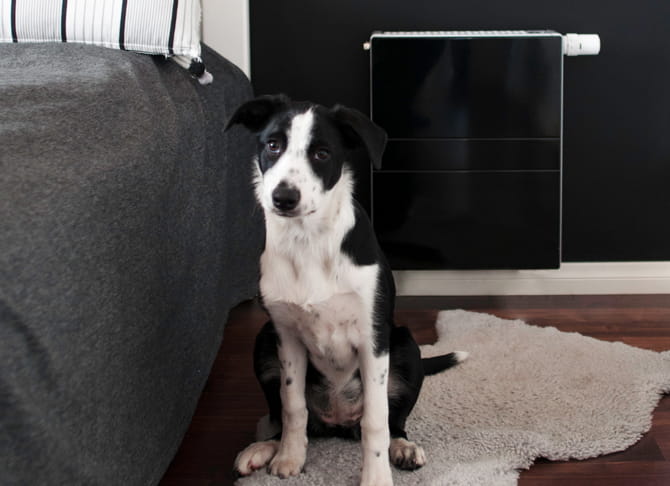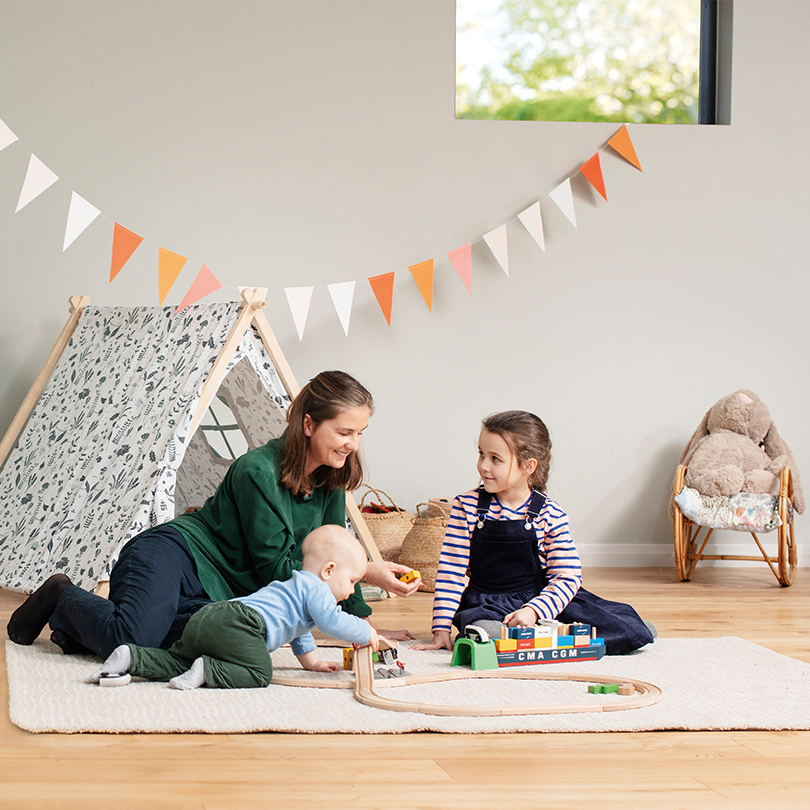Housing heating and cooling
The definition of optimal indoor comfort varies from person to person and room to room – and we are committed to developing solutions able to meet the needs of people everywhere.
Everyone has their own idea of what constitutes the ideal housing heating. Thanks to digitalisation and innovation, in private homes today there are more ways to achieve and maintain an indoor climate that is as comfortable as it is efficient.
Purmo solutions are designed to deliver sustainable indoor climate comfort based on construction and individual needs. A solution might include underfloor heating downstairs, low-temperature radiators in bedrooms, an electric towel warmer in the bathroom, a convector in the attic for a cooling breeze in summer and a stylish radiator in the entrance. Whatever the housing heating solution, one feature is common to all – the best possible energy efficiency and environmental footprint.
Purmo solutions are designed to deliver sustainable indoor climate comfort based on construction and individual needs. A solution might include underfloor heating downstairs, low-temperature radiators in bedrooms, an electric towel warmer in the bathroom, a convector in the attic for a cooling breeze in summer and a stylish radiator in the entrance. Whatever the housing heating solution, one feature is common to all – the best possible energy efficiency and environmental footprint.
Fact
Using advanced control techniques for HVAC systems they can be operated closer to the specification limits and in return obtain the highest profitability in terms of energy efficiency.
Solutions
In private housing, the role of the installer changes into heating architect/consultant, providing or delivering an indoor climate solution that best matches the comfort needs and behaviour of the user. Having a comprehensive, flexible and full range of housing heating products is elementary for today’s heating solution suppliers to ensure the needs of the client or customer are met.

Reduce footprints
Demand for heat pumps are increasing, meaning we need heat emitters that are compatible with low temperatures (35/30°), like ultra-low temperature radiators (Ulow-E2), underfloor heating, or a fan convector. What is not generally known, is that even standard radiators are perfectly suitable for low temperature heating systems when configurated correctly.When high condensation boilers are used, which still often is the case, there is a choice between a wide range of panel and design radiators which can be used with temperatures down to 45/40°.
The new range of electric radiators is more energy-efficient than ever and offers a good alternative solution for spaces without a hydronic heating system. Combined with solar panels and you can save more as you are not paying for the power supply of an electric radiator.
Work smart to increase efficiency and individual comfort
In the past, a house was equipped with radiators only connected to a boiler. These were operated individually with the radiator valve and the temperature was monitored in one central space.
Smart thermostats introduced remote heating controls but today, the consumer wants more access, and control, being able to adjust temperatures at anytime from anywhere. With the Unisenza and Unisenza Plus range, you can control your heat comfort for every space separately, and at a distance. This means, individual comfort and more energy-efficiency.
A solution for every space
For every space there is the appropriate housing heating solution, adapted to the specific needs of that space:
- Underfloor heating downstairs or in wet areas to prevent moisture at floor level
- Low temperature radiators for the bedrooms, for flexible heating when needed
- Electric towel warmer in the bathroom, for a quick boost in the morning
- Convector in the attic, for a cooling breeze during summer times
- An eye-catching design radiator in the hallway, because that will be the first thing you see when entering a house.
Interview with an expert
Luc Dedeyne, Energy Consultant at Bouwunie in Belgium, talks about how heating installations in private homes have changed due to stricter energy norms.
Energy norms are getting stricter in most countries. When it comes to a heating installation, there are 3 important criteria which will determine the energy-efficiency of a private house.
- We are evolving towards heating at lower temperatures: the difference between the generated and released temperature decreases, so that the required power also falls. That is good for energy efficiency and the E-level.
- Sufficient heat comfort can be achieved through heating in large surfaces such as floor or wall or via dynamic low temperature radiators.
- The demand for energy for rooms is decreasing due to better insulation, which is favourable for the energy level. But at the same time the energy demand for domestic hot water is increasing, due to larger baths, side sprayers and rain showers. For example, a higher buffer demand for sanitary facilities can be met by a buffer system. You work with small capacities, while there is always hot water available.
Renovation old farm-house
The fact that energy-efficient solutions are possible in old buildings is evident from the sustainable renovation of the 100-year-old farmhouse in The Netherlands. A complete heating solution from Radson, brand of Purmo Group, was used during the renovation. As a result, this house only has a connection to the electricity grid.


Successful low temperature refurbishment
A successful case study from Germany that shows how households can dramatically reduce their energy costs in one fell swoop.

